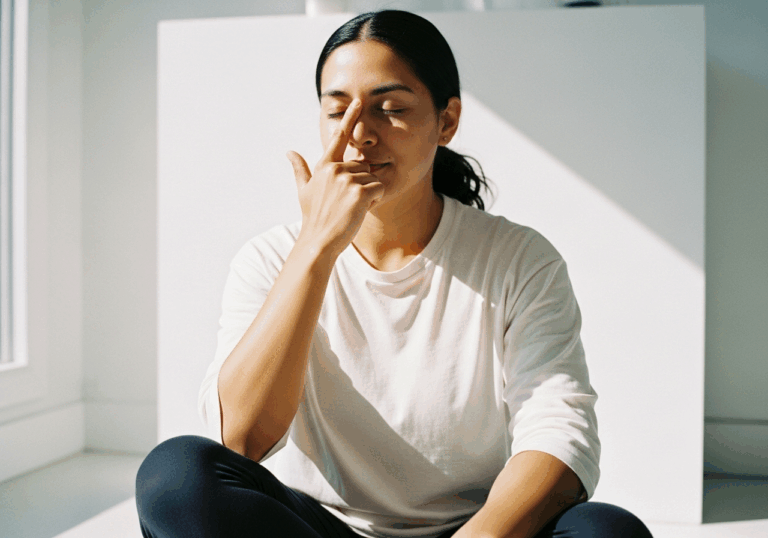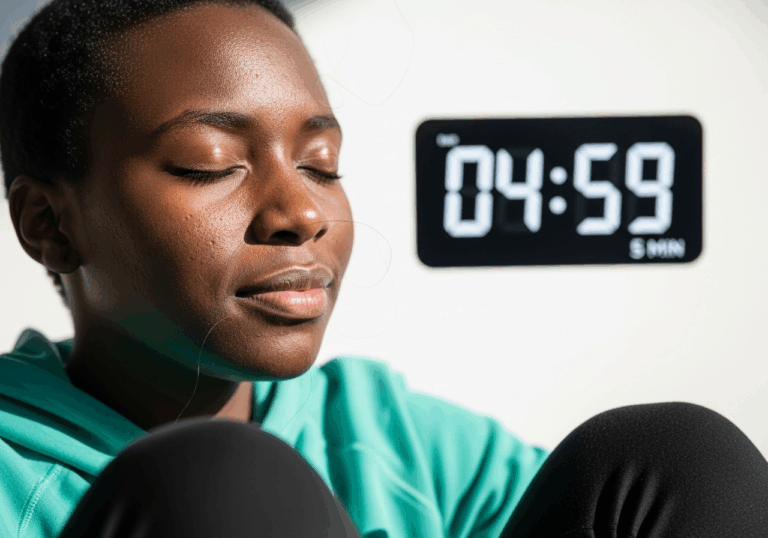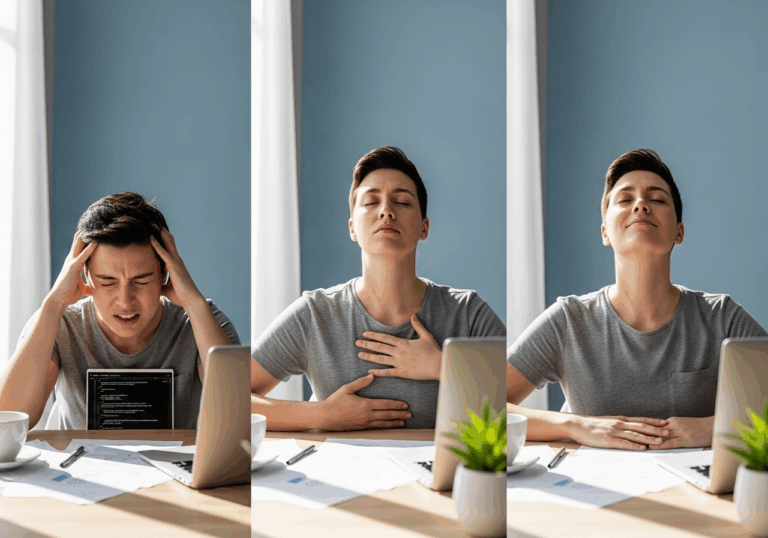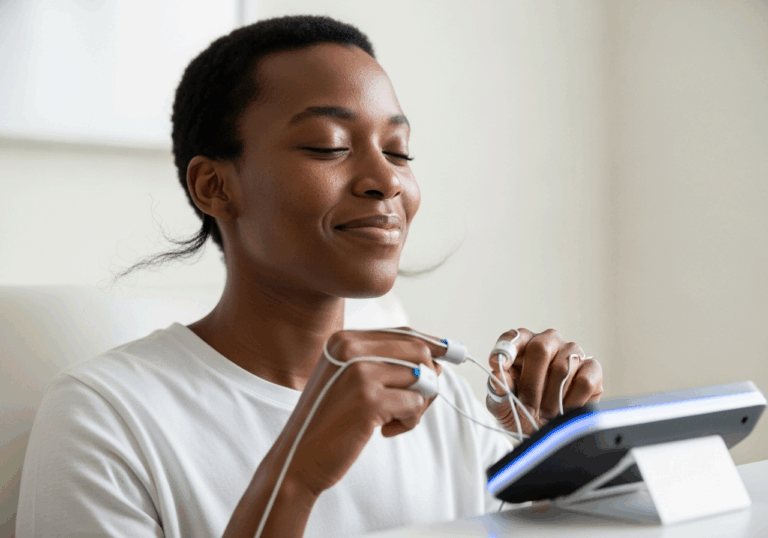Science-Backed Tips
Reduce Anxiety in Children with Biofeedback
25% decrease in anxiety through resonance breathing sessions.
📊 Did you know?
💡 Why It Matters
1️⃣
Early training in emotional self-regulation can lead to long-term mental health benefits.
2️⃣
Improved HRV is associated with better stress management and emotional stability.
3️⃣
Reducing anxiety in children can enhance academic performance and social interactions.
✅ Try These Micro-Tips
🎯
Engage in resonance breathing exercises for 20 minutes daily.
🎯
Practice mindfulness techniques alongside breathing exercises for enhanced effects.
🎯
Incorporate biofeedback tools to monitor progress and improve engagement.
🎯
Encourage regular check-ins on emotional wellbeing with caregivers or professionals.
📚 The study
The study involved ten engaging 20-minute sessions, during which participants practiced resonance breathing techniques.
The results were promising: anxiety scores dropped by approximately 25%, and there was a notable improvement in heart rate variability (HRV) among the children.
This is significant because early training in emotional self-regulation can pave the way for long-term mental health benefits.
Enhanced HRV is linked to better stress management and emotional stability, which are crucial for children as they navigate the complexities of growing up.
By reducing anxiety, children can experience improved academic performance and more fulfilling social interactions, ultimately leading to a healthier, happier childhood.
This study highlights the importance of integrating biofeedback techniques into mental health strategies for children, emphasizing that proactive measures can lead to substantial improvements in emotional well-being.
❓ Frequently Asked Questions ❓
Learn more
What is resonance breathing biofeedback?
Resonance breathing biofeedback is a technique that helps individuals regulate their breathing patterns to promote emotional self-regulation. It involves guided breathing exercises that can improve heart rate variability (HRV) and reduce anxiety levels.
How effective is resonance breathing biofeedback for anxious children?
Research indicates that ten 20-minute sessions of resonance breathing biofeedback can reduce anxiety in children by approximately 25%. Additionally, it improves heart rate variability, which supports better emotional balance.
What are the benefits of improved heart rate variability (HRV)?
Improved heart rate variability is associated with better stress management and emotional stability. It can lead to enhanced mood and overall mental health, particularly in children experiencing anxiety.
How can resonance breathing exercises be incorporated into a child’s routine?
Children can engage in resonance breathing exercises for 20 minutes daily as part of their routine. This practice can be enhanced by incorporating mindfulness techniques to further support emotional regulation.
What role do caregivers play in supporting a child’s emotional well-being?
Caregivers should regularly check in on the child’s emotional well-being to provide support and guidance. Encouraging open communication about feelings can foster a safe environment for emotional expression.
Can reducing anxiety improve a child’s academic performance?
Yes, reducing anxiety in children can enhance their academic performance by allowing them to focus better and engage more effectively in learning. A calmer mindset can also improve social interactions with peers and teachers.
What is the significance of early training in emotional self-regulation?
Early training in emotional self-regulation can lead to long-term mental health benefits for children. It equips them with tools to manage their emotions and cope with stress throughout their lives.
How can biofeedback tools enhance the effectiveness of resonance breathing?
Biofeedback tools can help monitor progress during resonance breathing exercises, making the practice more engaging for children. These tools provide real-time feedback, allowing children to see the effects of their breathing on anxiety and HRV.
What mindfulness techniques can be practiced alongside breathing exercises?
Mindfulness techniques such as meditation, visualization, or body scans can be practiced alongside breathing exercises to enhance their effects. These techniques help children develop greater awareness of their thoughts and feelings, promoting emotional stability.
How long does it take to see results from resonance breathing biofeedback?
Results from resonance breathing biofeedback can be observed after just ten 20-minute sessions, with anxiety scores decreasing by about 25%. Improvements in heart rate variability are also noted, indicating better autonomic balance.





